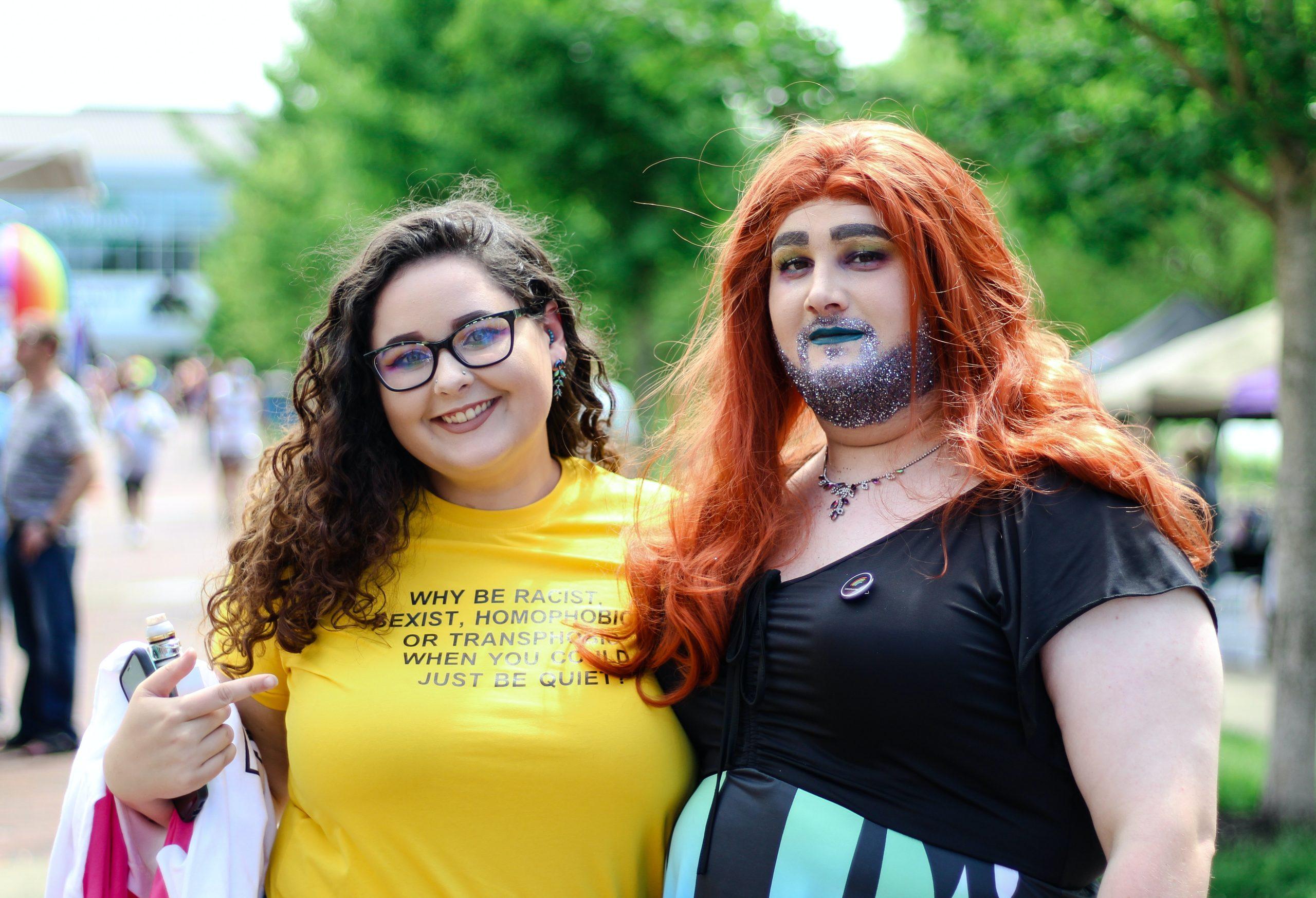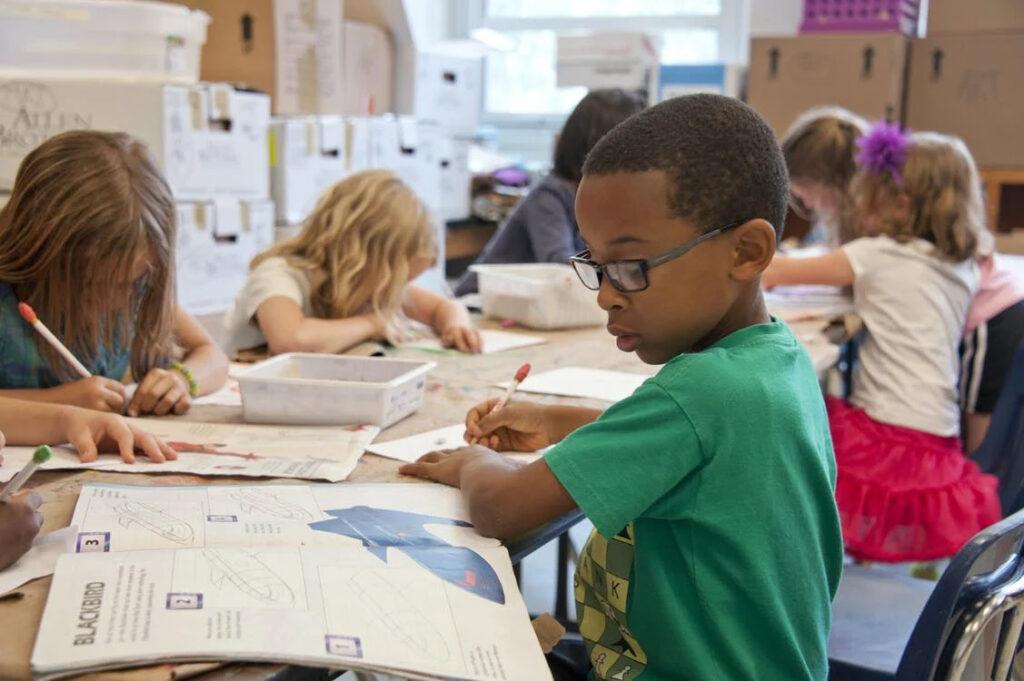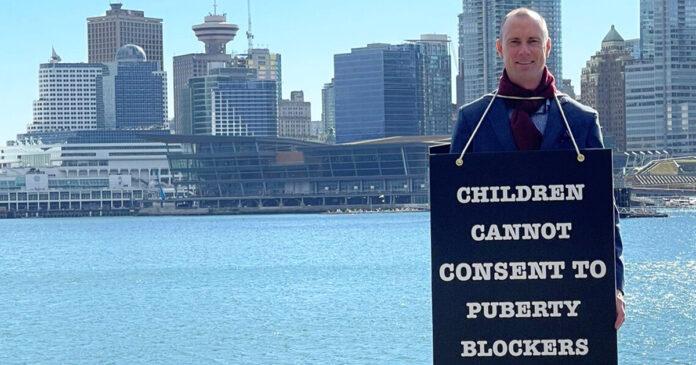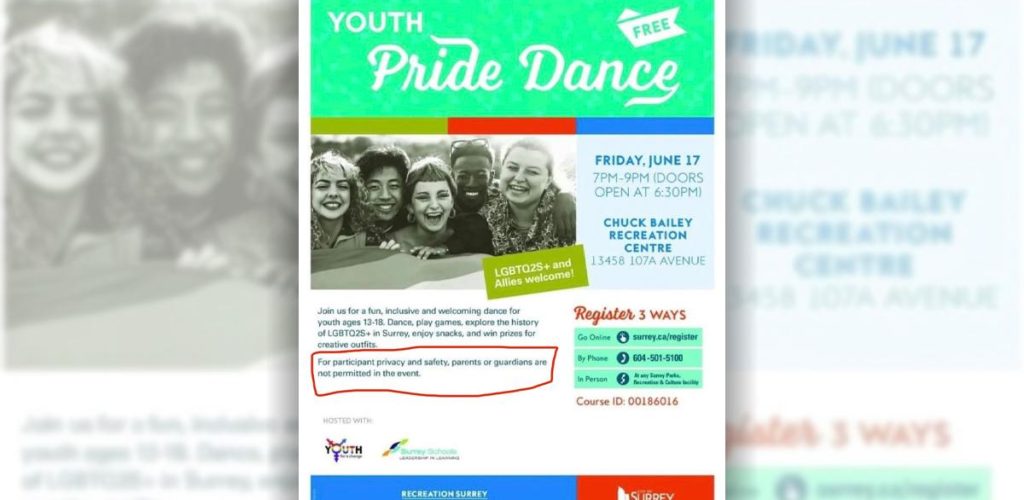A Few Highlights of PE Gender Diversity Guidelines:
Sports Participation:
Trans swimmer Lia Thomas competes against females.

“A student’s Self Identification is the sole measure of their gender identity.” Any student may participate fully and safely in gender designated sport activities in accordance with their lived gender identity or preference (for non-binary and gender-fluid students.)
In accordance with PEISAA’s policies, transgender and non-binary students can try out for the team that best aligns with their lived gender. Transgender and non-binary students will choose between either the girls’ teams or boys’ teams for the duration of the season for all of the sports they participate in, if selected to play. This gives students a choice of one gendered team, per sport, per year (e.g., they can’t play on both the boys’ and girls’ soccer teams), but not to hold them to a single gender across different sports (e.g., they may play girls’ soccer and boys’ basketball)
Lodging:
Activities that may involve the need for lodging, housing or billeting accommodations:
Accommodation can look many different ways: – A single-stall bathroom – Privacy curtains in change rooms – Staggering access times to change facilities – Allowing a student to leave/arrive early or late to access facilities privately addressed on a case-by-case basis in collaboration with the student(s) affected. Schools must make every reasonable effort to provide accommodations that are acceptable to the student(s). If for reasons of privacy or safety, a transgender or gender nonconforming student objects to gender-separated accommodations or shared accommodations, private accommodations should be made available to the student.
Although most schools have separate washrooms and change/locker rooms for males and females, students must be permitted to use the facility that corresponds to their gender identity, regardless of their sex assigned at birth. Having gender inclusive facilities is a positive step, but a transgender student should not be required to use a separate facility or be segregated. If creating an alternative space is necessary to protect the student’s privacy or for safety reasons, it should be done in consultation with the student. To ensure all students feel safe, schools can communicate clear behaviour expectations, increase adult presence and supervision and monitor key areas and grounds.
The guidelines around access to washrooms and change/locker rooms also apply while students are off school grounds at a school sponsored activity. It is best for the schools to be proactive in planning for such outings. If staff or a student is concerned that travel to another site could pose an issue, the school should, in consultation and with the consent of the student, contact the other site in advance to ensure the student has access to facilities that are appropriate and safe in accordance with the student’s gender identity.
Respecting a person’s right to self-identification
An individual’s self-identification is the sole measure of their sexual orientation, gender identity or gender expression. All individuals have the right to be addressed by their chosen name and to choose pronouns that align with their gender identity and/or gender expression. This is true whether the individual had obtained legal documentation of a change of name or gender designation (e.g. birth certificate). Further, verification of identity, such as medical records, is not required. Some individuals may not feel included in the use of the pronouns “he” or “she” and may prefer alternate pronouns, such as “they” or “them” or might wish to express themselves or self-identify in other ways (i.e., Mx. instead of Mr., Mrs., Ms., or Miss or no prefix at all). Using staff and students’ chosen names and pronouns is an important way to establish norms of respect.
Not all students with diverse gender identities, expressions and sexual orientations have ‘come out’ to their family, friends or the general public. This can be due to safety concerns or for other reasons. Gender identity and sexual orientation are personal information and it’s important to consider a student’s readiness to disclose their identity and respect their personal coming out process.
In keeping with the principles of self identification, it is important for staff to:
- protect a student’s personal information and privacy, including, having a student’s explicit permission before disclosing information related to the student’s sexual orientation, gender identity or gender expression to peers, parents/guardians or other adults in their lives.
- inform students of limits regarding their chosen name and gender identity or gender expression in relation to official school records that require legal name designations;
- support students to correct peers when mistakes are made. Staff will make every effort to communicate and collaborate with students of diverse gender identities, expressions and sexual orientations to find ways to feel safe at school; and
- make every effort to educate students on a basic understanding of sexual and gender diversity. Staff will introduce themselves to their classes using pronouns, enabling students to self-identify their own pronouns and/or names.
Maintaining school records in a way that respects privacy and confidentiality
Indicators of this best practice in action:
- Students are addressed by the name(s) and pronouns(s) that they have chosen to correspond to their gender identity;
- When requested by the student, school staff ensure the consistent use of the student’s chosen name(s) and pronoun(s) on school-issued documents such as report cards and other school correspondence; and
- Schools adopt practices to avoid inadvertently disclosing the student’s gender identity or expression when required to use or report a gender diverse student’s legal name. Full Document Here:
Parent and Student Testimonies: READ HERE
These student testimonies of harm have been received by Local Schools since the Implementation of the Gender Diversity Guidelines in PEI Schools.
A Curated List of SOGI-Inclusive Books for K-12 Schools.
Picture Books to Discuss Family Diversity
Donovan’s Big Day – Lesléa Newman (Illus. Mike Dutton)
Donovan is incredibly excited to be a part of the planning and execution of a big family wedding. When readers get
further into the story, they realize that Donovan’s mom is getting married to another woman. Excellent choice to
teach surprise endings and discuss whether this is still surprising to them.
• A Family is a Family is a Family – Sara O’Leary (Illus. Qin Leng) En français – Une famille… c’est une famille
A young girl is worried that she won’t be able to explain the makeup of her family to her classmates. Each child has
a different approach to how they define “family” however, some of them including same-gender couples as parents,
some with single parents, some with grandparents as parents, etc.
• Monday is One Day – Arthur A. Levine (Illus. Julian Hector)
No matter the day of the week, the hardest part of going to work is being apart. Families take Monday morning as a
time to get ready for the next seven days of work and expectations. Then on Tuesday, it could be blue shoes day,
then after that, it’s halfway day. Each day has a purpose, and this book explores each day with new children and
diverse families.
• A Plan for Pops – Heather Smith (Illus. Brooke Kerrigan) En français – Une idée pour Papi
A positive and empowering book that inspires children to learn how to handle challenges and help others. The bond
between child and loving, interracial gay male grandparents is warm, palpable and uplifting.
• Stella Brings the Family – Miriam B. Schiffer (Illus. Holly Clifton-Brown)
On Mother’s Day, Stella’s teacher wants students to spend time appreciating their mothers, but Stella has two dads,
so what is she supposed to do? When the information comes to light, Stella tells her class how her family works,
including the fact that she has a whole bunch of extended family looking out for her.
• A Tale of Two Mommies – Vanita Oelschlager (Illus. Mike Blanc)
Three children spend some time at the beach, two of them asking one little boy about his two moms. The book truly
captures the inquisitiveness of children as they ask what they consider to be very practical questions. A great
resource for highlighting family diversity and respectful questioning.
• And Tango Makes Three – Richardson, Parnell (Illus. Cole) En français – Et avec Tango, nous voilà trois!
This ALA Notable Children’s Book Nominee and a Lambda Literary Award Finalist tells the true story of two male
penguins in the Central Park Zoo who welcome a baby penguin of their very own. “A joyful story about the meaning
of family and a must for any library” (School Library Journal, starred review).
• This Day in June – Gayle E. Pitman (Illus. Kristyna Litten)
In June, LGBT history and culture are celebrated in many places around the world. In this particular picture book,
Pitman’s text and Litten’s illustrations create a celebration of Pride and LGBT history in a child-friendly format that
will make the subject easily accessible to many young people and their parents.
• Worm Loves Worm – J.J. Austrian (Illus. Mike Curato)
This adorable picture book looks at what it means to fall in love. When two worms fall in love, everyone has their
own idea of who should be the bride and who should be the groom, but the worms don’t care… they are just in love.
In this Book List you will also find the following topics all designed to indoctrinate the gender ideology:
Picture Books to Discuss Gender Stereotypes
Picture Books to Discuss Gender Identity
Fiction Books for Intermediate / Middle Grades (SO) sexual orientation theme (GI) gender identity theme
Non-Fiction Books for Middle Grades and Beyond
Graphic Novels
Fiction Books for Secondary Students
Non-Fiction Books for Young Adults
Other Recommended Online Book Lists
ALA Rainbow List • ERAC – LGBTQ • Welcoming Schools • YA Pride • I Dream Library
This is not a comprehensive list of available resources, but a sample of materials that are acclaimed, timely, and varied in
terms of representation—gender, sexuality, race, (dis)ability, religious affiliation, etc.
This list of resources was compiled and annotated by Dr. Robert Bittner, a specialist in LGBTQ literature for children and
youth. He has an MA in Children’s Literature from UBC and a PhD in Gender, Sexuality, and Women’s Studies from SFU.
For more information, you can visit his website.
Dr. Bittner is also available for consultation via email r.bittner@rocketmail.com or online through Twitter @r_bittner
Other Articles of Interest:
We Need More Canadian Whistleblowers: Missouri Gender Clinic Being Investigated.
How Ontario School Boards are Responding to Parent Concerns
Shocking Lawsuit in Canada By Detransitioner Against Medical Providers
Gender Exploratory Therapy & Barriers to Care in Canada
How schools are involved in the transgender process.
Gender Ideology Run Amok
 Abigail Shrier is a journalist and author. She received her A.B. from Columbia College, where she was a Euretta J. Kellett Fellow; her B.Phil. from the University of Oxford; and her J.D. from Yale Law School, where she was a Coker Fellow. A member of the Board of Advisors of the Foundation Against Intolerance and Racism, she has written for numerous publications, including City Journal, Newsweek, RealClearPolitics, The Federalist, the New York Post, and The Wall Street Journal. She is the author of Irreversible Damage: The Transgender Craze Seducing Our Daughters. Read Article
Abigail Shrier is a journalist and author. She received her A.B. from Columbia College, where she was a Euretta J. Kellett Fellow; her B.Phil. from the University of Oxford; and her J.D. from Yale Law School, where she was a Coker Fellow. A member of the Board of Advisors of the Foundation Against Intolerance and Racism, she has written for numerous publications, including City Journal, Newsweek, RealClearPolitics, The Federalist, the New York Post, and The Wall Street Journal. She is the author of Irreversible Damage: The Transgender Craze Seducing Our Daughters. Read Article
By Sue-Ann Levy, June 6, 2022
LEVY: Billboard Chris’ lone campaign against the epidemic of gender ideology in North America’s schools.
He’s targeting Pride events because he says the annual celebration is not about gay rights anymore. Instead, Elston believes gay rights organizations are now fixated on trans rights.
Elston says, and I agree, that gay activists, having achieved their goals, had to find something else to keep the millions of dollars flowing. Read Article
BC District bans Parents from “Youth pride dance” for K-12
Surrey School District has banned parents and guardians from a youth pride dance intended for K-12 aged children.
A flyer published by the City of Surrey promoting the “Youth Pride Dance” explicitly restricts parents from attending, citing so-called “privacy and safety” concerns for LGBTQ+ youth.
“For participant privacy and safety, parents or guardians are not permitted in the event,” the flier states. Read Article







